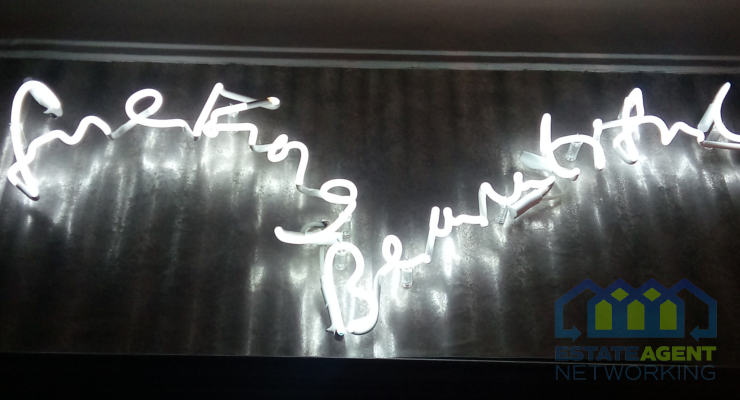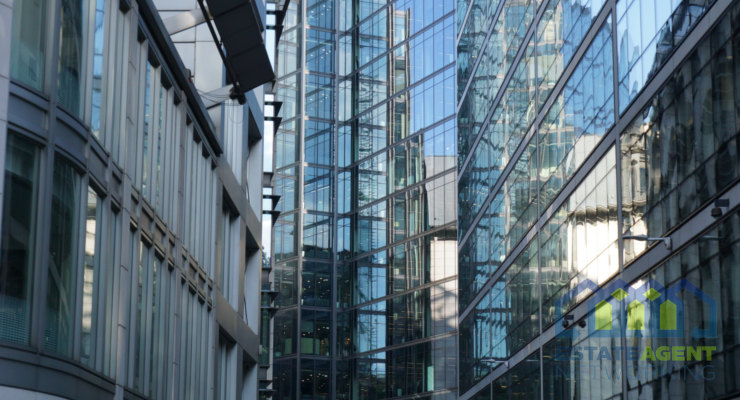Industrial LED Lighting vs. Traditional Lighting: What Property Managers Should Know
When managing a property, lighting is often overlooked, yet it directly impacts safety, efficiency, and operational costs. Property managers are now tasked with choosing between traditional lighting systems, such as incandescent or fluorescent bulbs, and newer industrial LED lighting. Understanding the differences between these options is essential for making an informed decision that benefits your building’s long-term performance.
Here’s what you need to know when comparing industrial LED lighting to traditional lighting.
1. Energy Efficiency
One primary advantage of LED lighting is its exceptional energy efficiency. LEDs use approximately 75% less energy compared to conventional incandescent, halogen, or fluorescent bulbs. This is because LED bulbs convert most of the electricity they consume into light, whereas traditional lighting generates more heat, wasting energy.
For example, a typical 60-watt incandescent bulb might use far more energy than an 8 to 12-watt LED, resulting in much lower utility bills over time. Many industrial LED lighting manufacturers design systems specifically to maximize energy savings in large-scale facilities, reducing overall energy consumption and operational costs.
2. Durability and Lifespan
LEDs are known for their long lifespan, often lasting nearly 25 times longer than incandescent lighting, as reported by the U.S. Department of Energy. This extended lifespan means fewer replacements, less maintenance, and fewer disruptions to daily operations. In an industrial setting where downtime can impact productivity, LEDs can offer a more reliable solution.
Additionally, LEDs are built to withstand harsh environments, including vibrations, extreme temperatures, and exposure to moisture. This makes them ideal for warehouses, manufacturing plants, and other industrial facilities.
3. Lighting Quality and Flexibility
The quality of light produced by LEDs is another key differentiator. LEDs offer high-quality light output with greater color accuracy and brightness control, making them more versatile for different industrial applications. Traditional lighting, especially incandescent bulbs, often produces a yellowish light, which might not be suitable for detailed work.
Moreover, LEDs can be adjusted to emit different color temperatures (from warm to cool) and can be dimmed to suit the needs of different areas in the building. For instance, certain areas may need bright lighting for safety or visibility, while others can function well with lower brightness, reducing energy usage even further.
Traditional lighting, on the other hand, is less flexible in this regard. Fluorescent bulbs, for example, are known for flickering and buzzing, which can be distracting in a work environment. LEDs do not suffer from these issues and offer a more consistent and comfortable lighting experience.
4. Initial Cost vs. Long-Term Savings
The upfront cost of LED lighting tends to be higher than that of traditional lighting options. However, property managers should consider the total cost of ownership. While LEDs may require a larger initial investment, the long-term savings in energy and maintenance often outweigh the higher purchase price.
Traditional lighting may seem more cost-effective at first, but it involves more frequent replacements and higher electricity bills. Over time, these costs add up. For industrial facilities that operate 24/7 or have large-scale lighting needs, the savings from switching to LEDs can be substantial, making it a better financial choice in the long run.
5. Environmental Impact
In addition to financial savings, LED lighting solutions offer significant environmental benefits. LEDs produce less heat and consume less energy, resulting in a reduced carbon footprint. They also contain no harmful chemicals, such as mercury, which is commonly found in fluorescent bulbs. This makes disposal safer and more environmentally friendly.
For property managers looking to meet sustainability goals or seeking green building certifications like the Leadership in Energy and Environmental Design (LEED), switching to LED lighting fixtures is an important step. Furthermore, energy-efficient buildings are becoming increasingly attractive to tenants and investors who value eco-conscious practices.
6. Safety Considerations
Safety is another critical factor to consider. LEDs operate at much lower temperatures than incandescent or halogen bulbs, reducing the risk of burns or fire hazards.
In an industrial setting, where workers may be exposed to lighting fixtures, this feature enhances overall safety.
Additionally, LED lighting offers better instant-on performance. Unlike fluorescent lights, which may flicker or take time to warm up, LEDs provide immediate, consistent illumination. This can be crucial in industrial environments where quick and reliable lighting is essential for safety and productivity.
7. Maintenance Requirements
The reduced maintenance needs of LED lighting solutions make it an attractive option for property managers. Given their long lifespan, LEDs require fewer replacements compared to traditional lighting, reducing the need for regular maintenance. This is especially beneficial in industrial settings, where changing light fixtures can be challenging and costly.
Traditional lighting systems, particularly incandescent and fluorescent bulbs, tend to burn out more frequently and may need constant monitoring to ensure proper function. With fewer replacements and lower maintenance demands, LEDs offer a hassle-free lighting solution for busy property managers.
8. Compatibility With Smart Technology
Another benefit of LED lighting fixtures is their compatibility with smart technology and automation systems. Many LED systems can be integrated with motion sensors, timers, or smart building management systems (BMS), allowing property managers to control lighting more efficiently and reduce energy waste.
For instance, integrating LED lights with a BMS allows centralized control over lighting across an entire facility. The BMS can adjust lighting based on occupancy, daylight availability, and specific usage schedules. This integration also provides detailed reports on energy consumption, helping managers optimize operations.
Traditional lighting options typically lack this level of sophistication and automation. The ability to automate lighting based on occupancy or time of day can lead to further energy savings and increase overall efficiency in industrial environments.
Final Thoughts
Industrial LED lighting offers many advantages over traditional options, including greater energy efficiency, reduced maintenance, enhanced safety, and environmental benefits. While the initial costs may be higher, the long-term savings and performance benefits make LEDs the clear choice for most industrial facilities.
By switching to LED lighting, you can reduce operational costs and enhance the safety, sustainability, and efficiency of your property. In today’s eco-conscious and cost-sensitive world, transitioning to LED lighting sets your facility up for long-term success.









